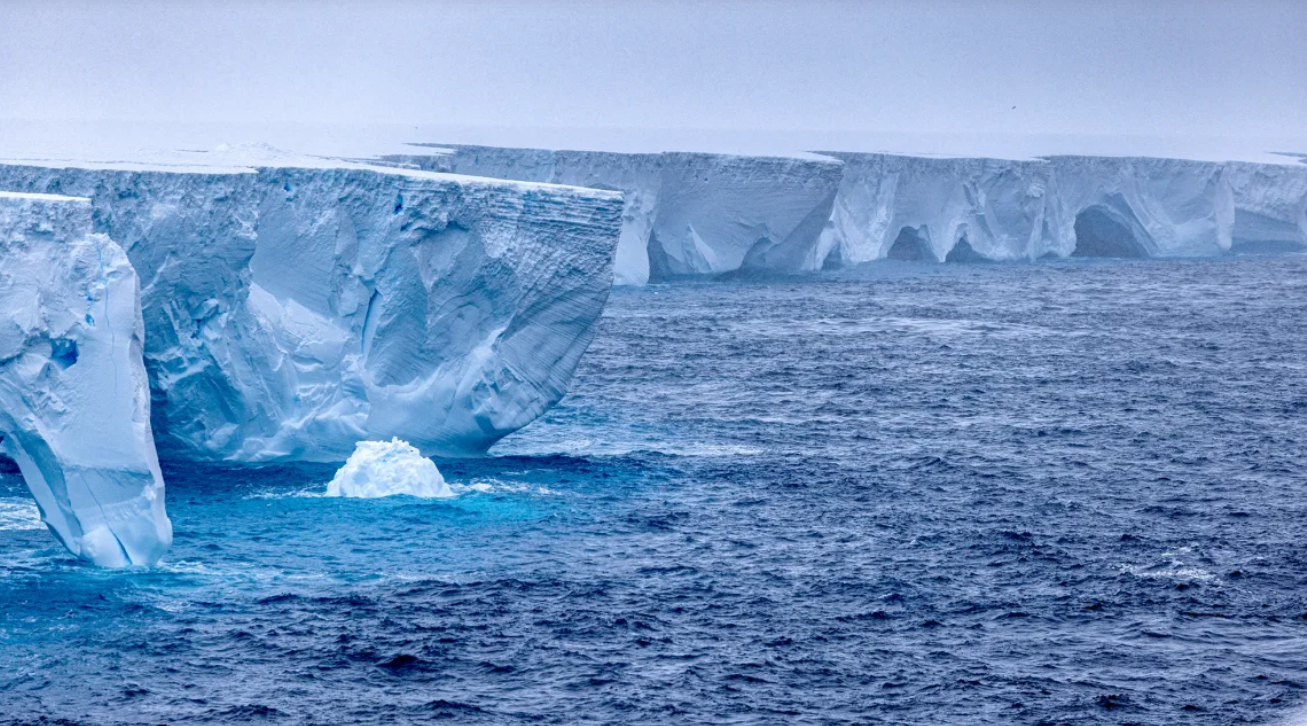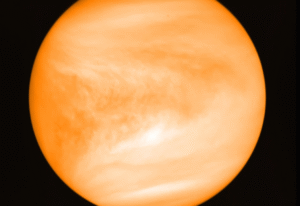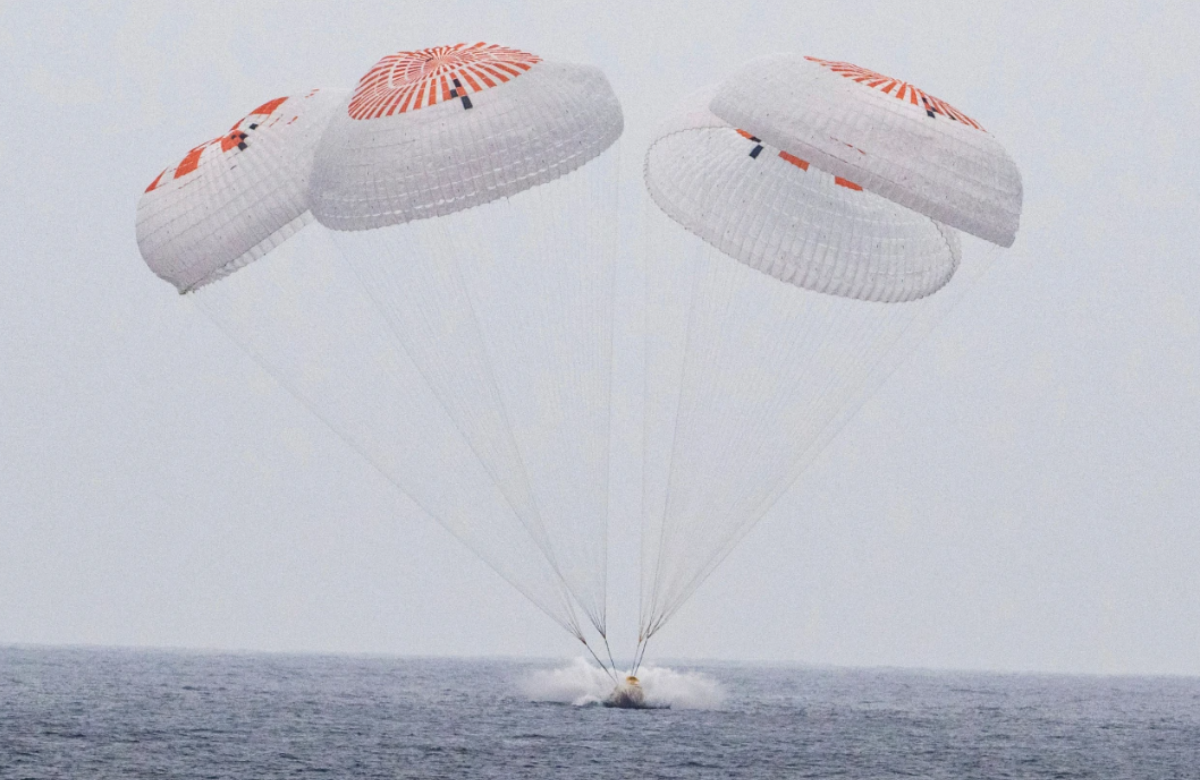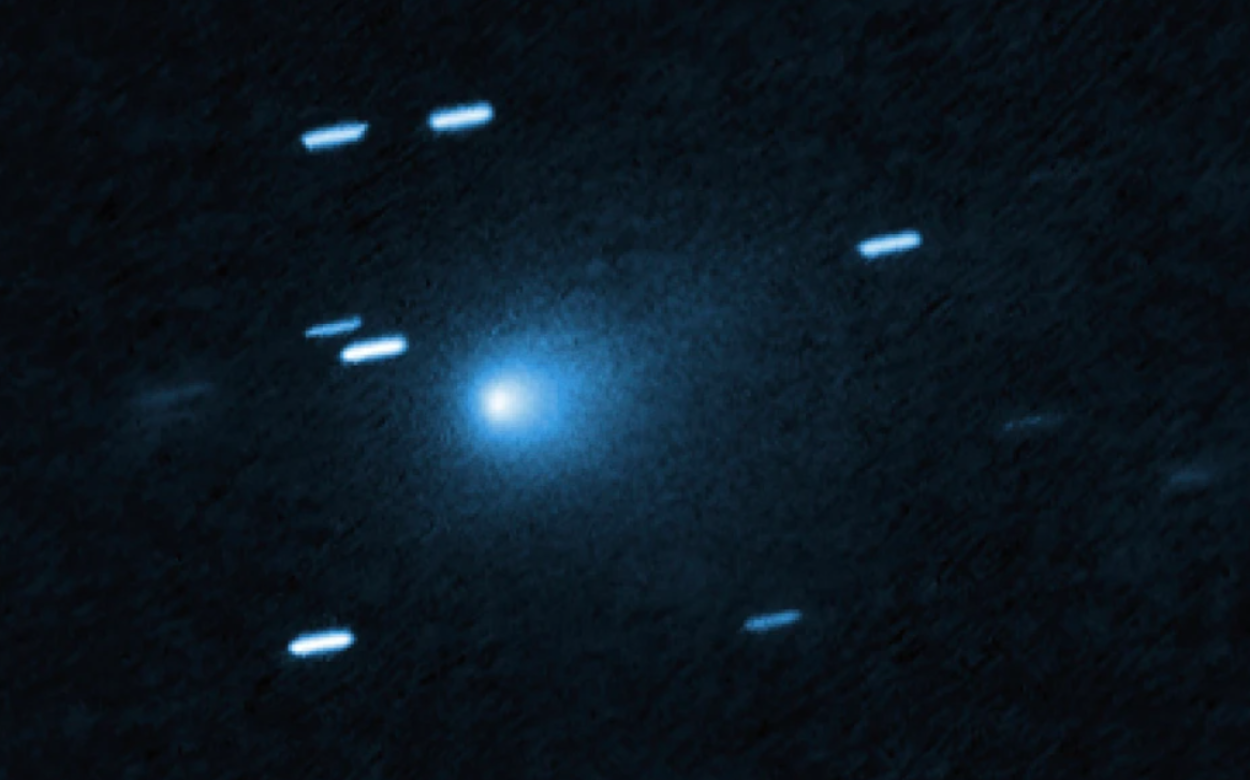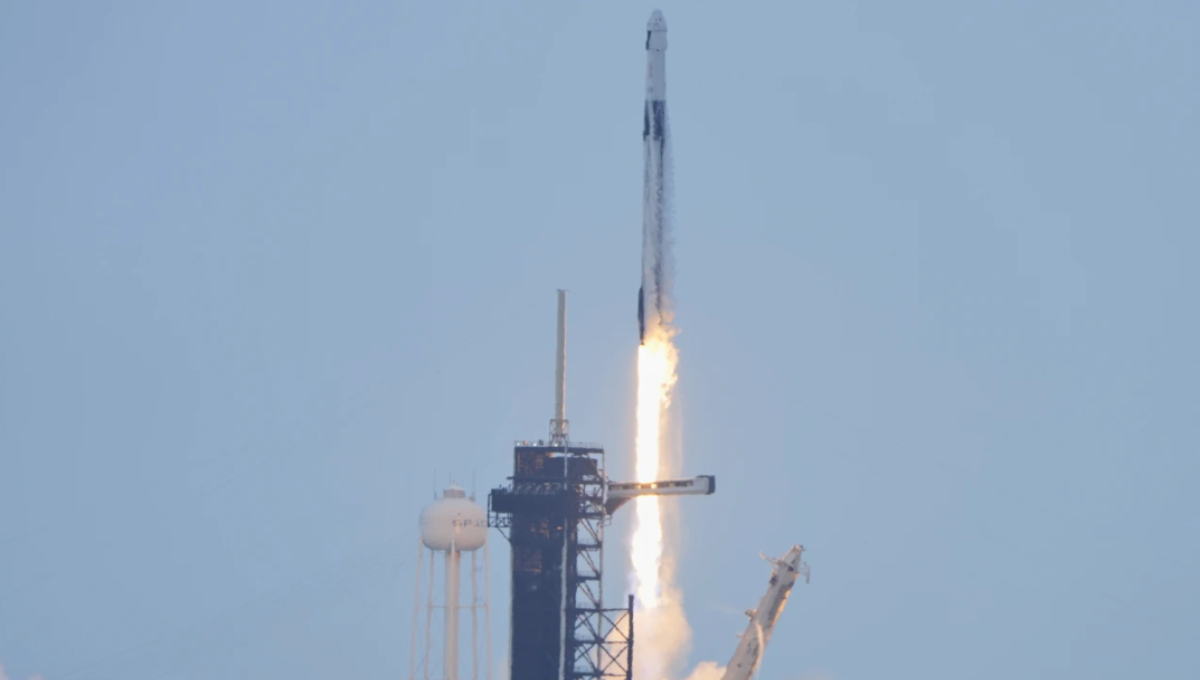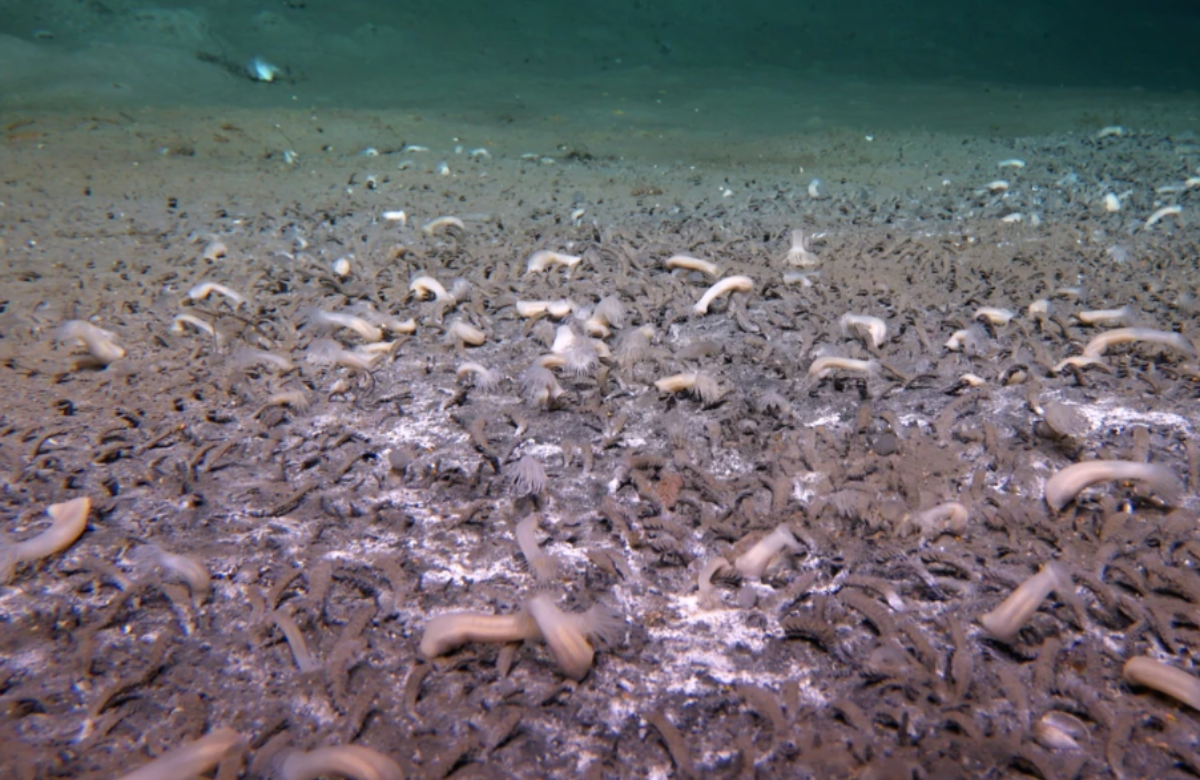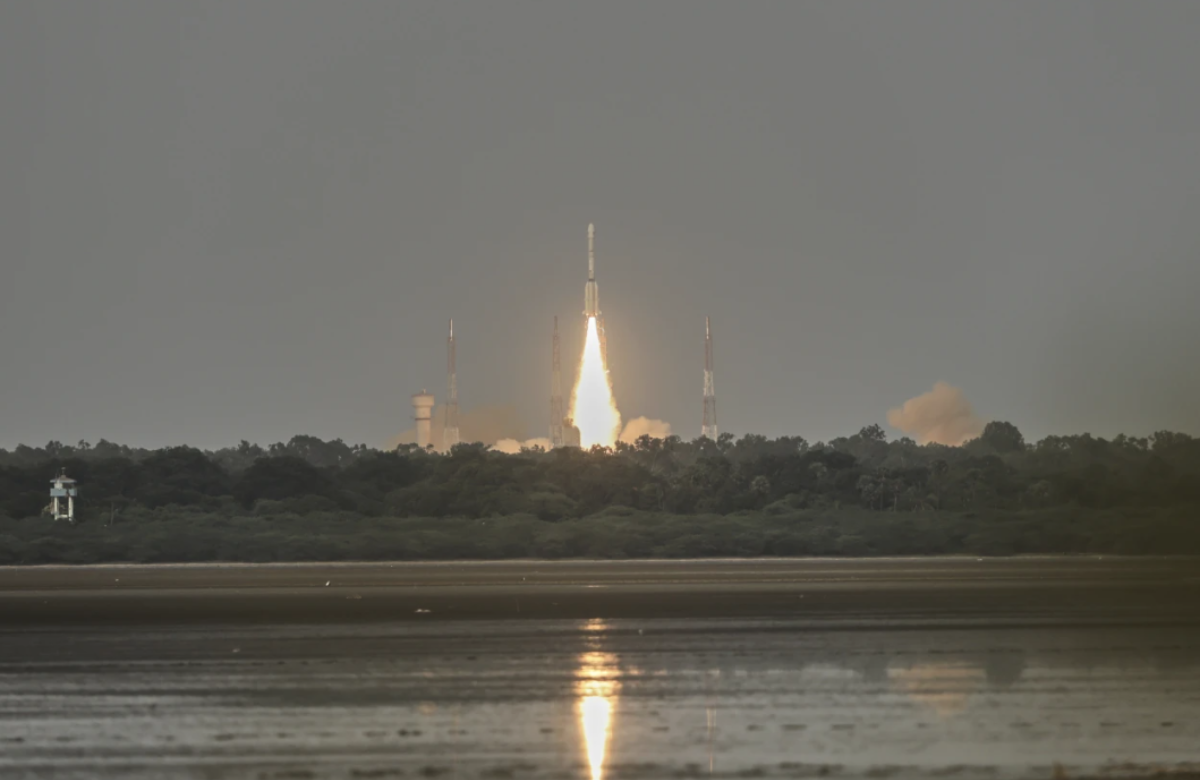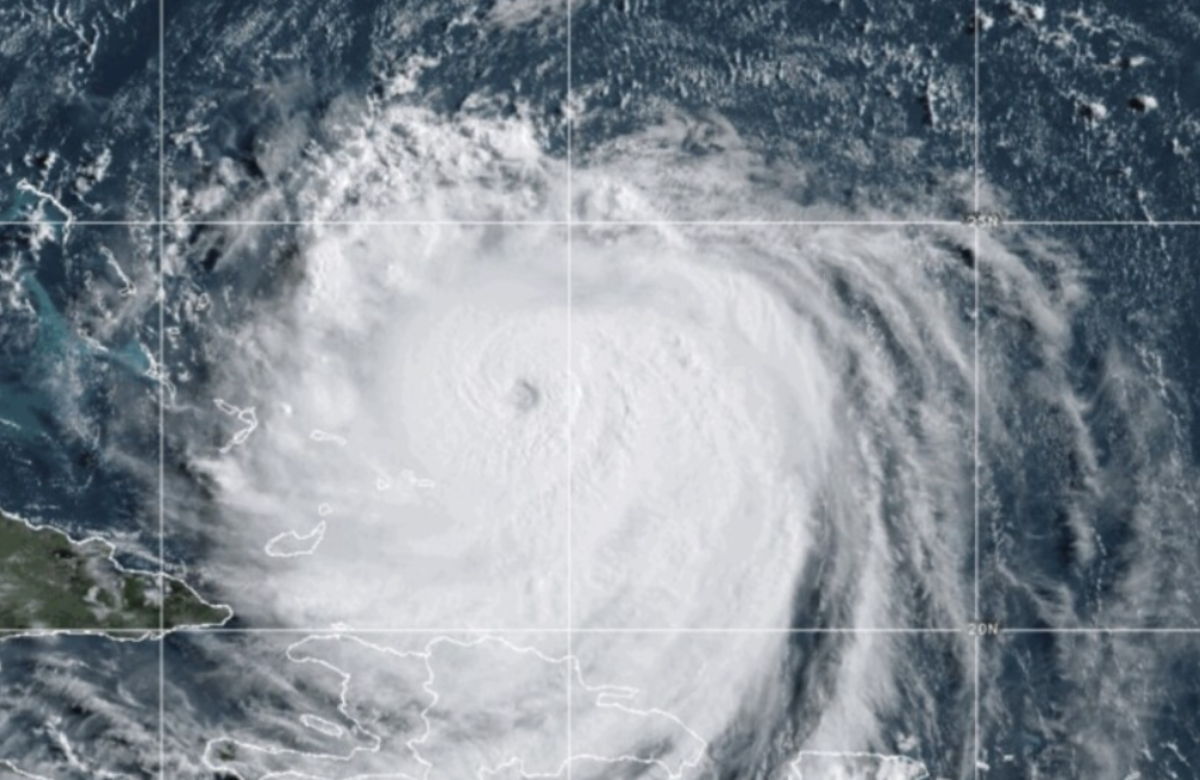The world’s largest iceberg, known as A23a, seems to have run aground after drifting through the Southern Ocean near Antarctica since 2020.
Weighing close to a trillion metric tonnes (1.1 trillion tons), A23a has come to a stop near South Georgia Island, a British Overseas Territory in the southern Atlantic Ocean, as reported by the British Antarctic Survey (BAS) on Tuesday.
In August 2024, the iceberg covered an area of 3,672 square kilometers (1,418 square miles), making it slightly smaller than Rhode Island and more than twice the size of London.
A23a broke off from the Filchner Ice Shelf in Antarctica in 1986, and it remained stationary on the seabed in the Weddell Sea for over 30 years.
In 2020, iceberg A23a began drifting with the ocean currents, but by late 2024, it became stuck for several months, spinning around an undersea mountain, which delayed its expected northward journey.
Once it broke free, there were concerns that A23a would head toward South Georgia Island and block access to feeding areas for seals and penguins that breed there. However, these worries have eased as the iceberg seems to have grounded itself on the continental shelf about 90 kilometers (56 miles) from the shore.
According to Andrew Meijers, an oceanographer at the British Antarctic Survey (BAS), if the iceberg remains grounded, it is not expected to have a major impact on local wildlife.
In fact, the grounding may benefit wildlife by providing nutrients from the iceberg’s melt, which could enhance food availability for the entire regional ecosystem, including penguins and seals.
Despite its current stability, Meijers noted that in recent decades, large icebergs that have followed this path tend to break apart, disperse, and melt over time.
Now that iceberg A23a is grounded, it is even more likely to break apart due to the added stress, though predicting exactly when this will happen is nearly impossible, according to Andrew Meijers.
Large icebergs have traveled far north in the past—one even got within 1,000 kilometers of Perth, Australia—but they always break up and melt quickly after reaching such distances.
When A23a eventually breaks apart, the smaller icebergs that result will pose a greater hazard to fishing and shipping operations. These smaller chunks are harder to detect and track compared to a single massive iceberg, which makes them more dangerous, as noted by Meijers.
Discussions with fishing operators suggest that large icebergs in the past have caused certain areas to be temporarily off-limits for fishing due to the presence of numerous smaller, yet more hazardous, ice chunks.
While scientists believe that A23a’s calving was part of the natural growth cycle of the ice shelf, rather than being caused by the fossil fuel-driven climate crisis, they also warn that global warming is driving concerning changes in Antarctica, with potentially severe implications for global sea level rise.
